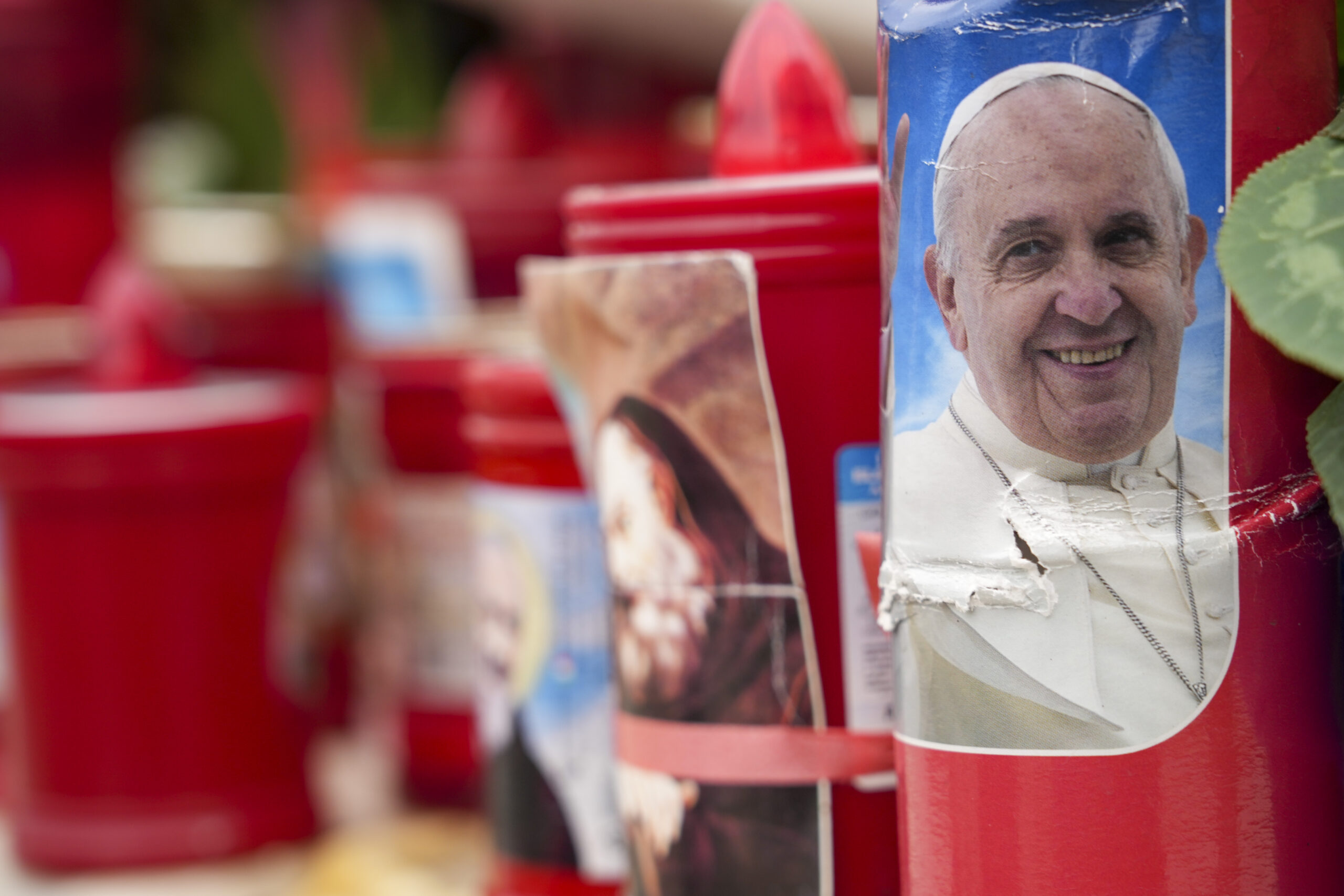
Reports suggest that preparations for Pope Francis’ funeral are underway after the 88-year-old pontiff expressed concerns about his ability to overcome pneumonia.
According to Swiss newspaper Blick, the Swiss Guard, responsible for the Pope’s protection, has begun rehearsing funeral arrangements, with members reportedly under a curfew as they prepare for the possibility of his passing.
Pope Francis had previously disclosed that he had already prepared his tomb, though its location and the design of his coffin would deviate from tradition.
This development follows Pope Francis’ recent hospitalization at Rome’s Gemelli Hospital, where he was admitted on Friday after experiencing severe chest pain. Despite resisting calls to leave the Vatican for days, the Pope was diagnosed with a “complex” respiratory infection, which has since been identified as pneumonia accompanied by asthmatic bronchitis.
The Vatican confirmed on Tuesday that he is undergoing cortisone and antibiotic treatment. Medical tests, including chest X-rays, indicate a complicated clinical condition, exacerbated by the fact that the Pope had part of his lung removed years ago.
Italian Cardinal Angelo Comastri, 81, commented on the Pope’s condition, stating, “Francis is very calm. His helm is in the hands of the Lord.” Meanwhile, two individuals close to the pontiff have revealed that Pope Francis told them he “might not make it this time,” as reported by Politico. In recent weeks, the Pope has reportedly been working to “tie up loose ends” and secure his legacy during a politically sensitive period for the Catholic Church.
Medical personnel have diagnosed the Pope with a polymicrobial respiratory tract infection, involving a mix of viruses, bacteria, and possibly other organisms, which has led to double pneumonia. Treatment options vary depending on severity and may include oxygen therapy, intravenous fluids, and addressing the underlying infection. While the Pope is not currently using supplemental oxygen and has maintained a routine of eating breakfast, reading newspapers, and working from his hospital room, the Vatican has not provided updates on his response to treatment other than confirming he is not running a fever.
Dr. Carmelo D’Asero, an infectious disease and geriatrics expert in Rome, noted that the absence of a fever could be concerning, as it may indicate a weakened immune response. “A high fever is a sign of an immune response to a pathogen,” he explained. “Having a low fever with a serious bronchial infection suggests a decreased immune response, which is worrisome.”
The Vatican has not specified how long Pope Francis will remain hospitalized, only stating that treating his “complex clinical picture” will require an “adequate” stay. As the situation unfolds, people have reportedly gathered outside Gemelli Hospital to pray for the Pope’s recovery.